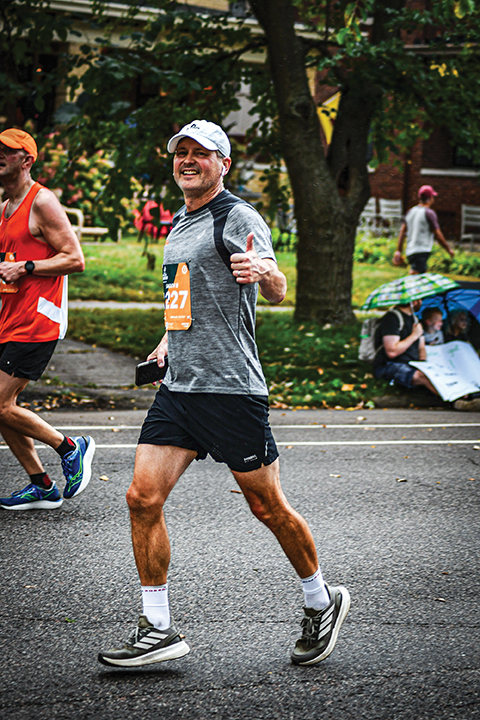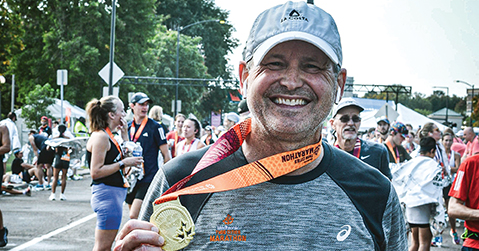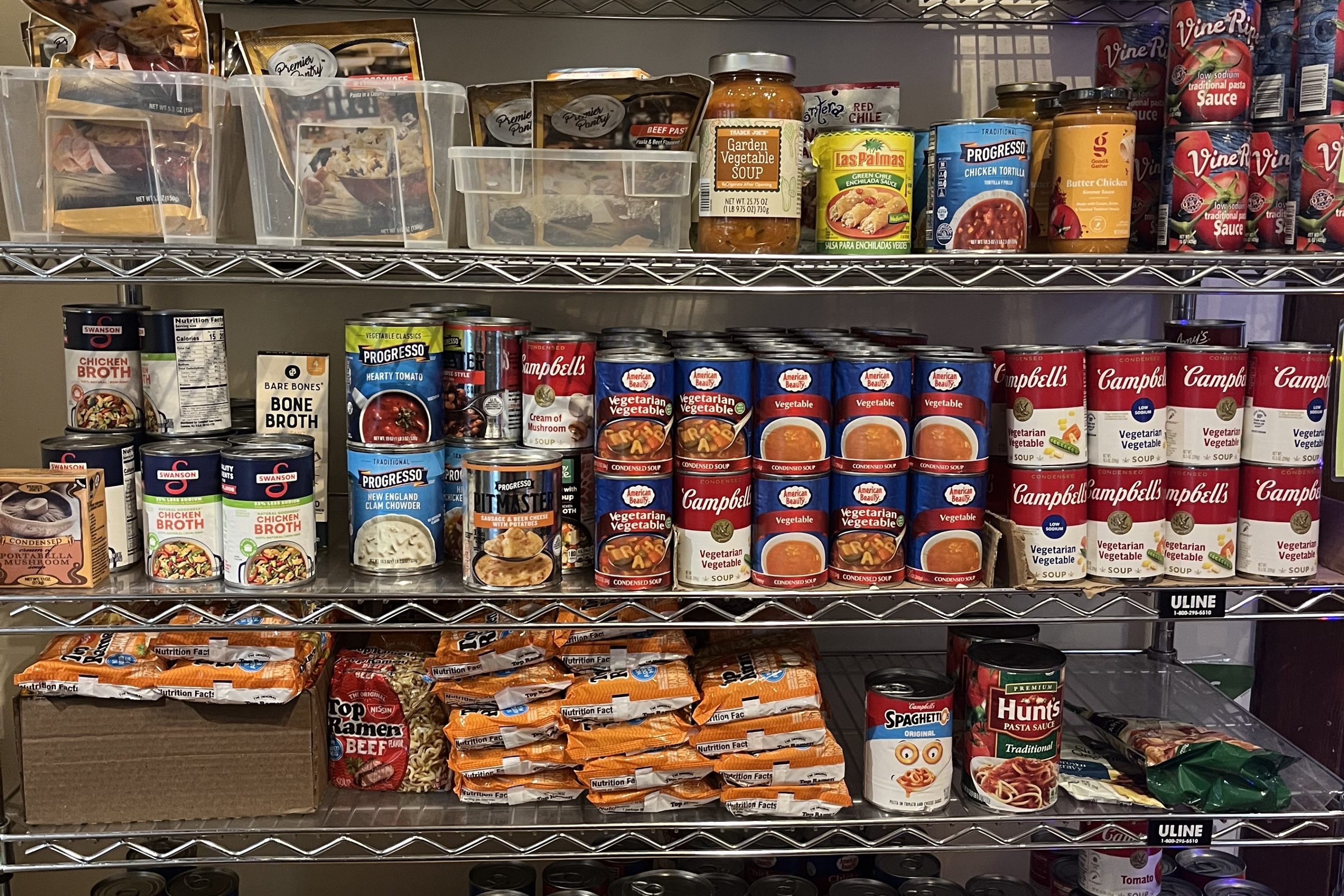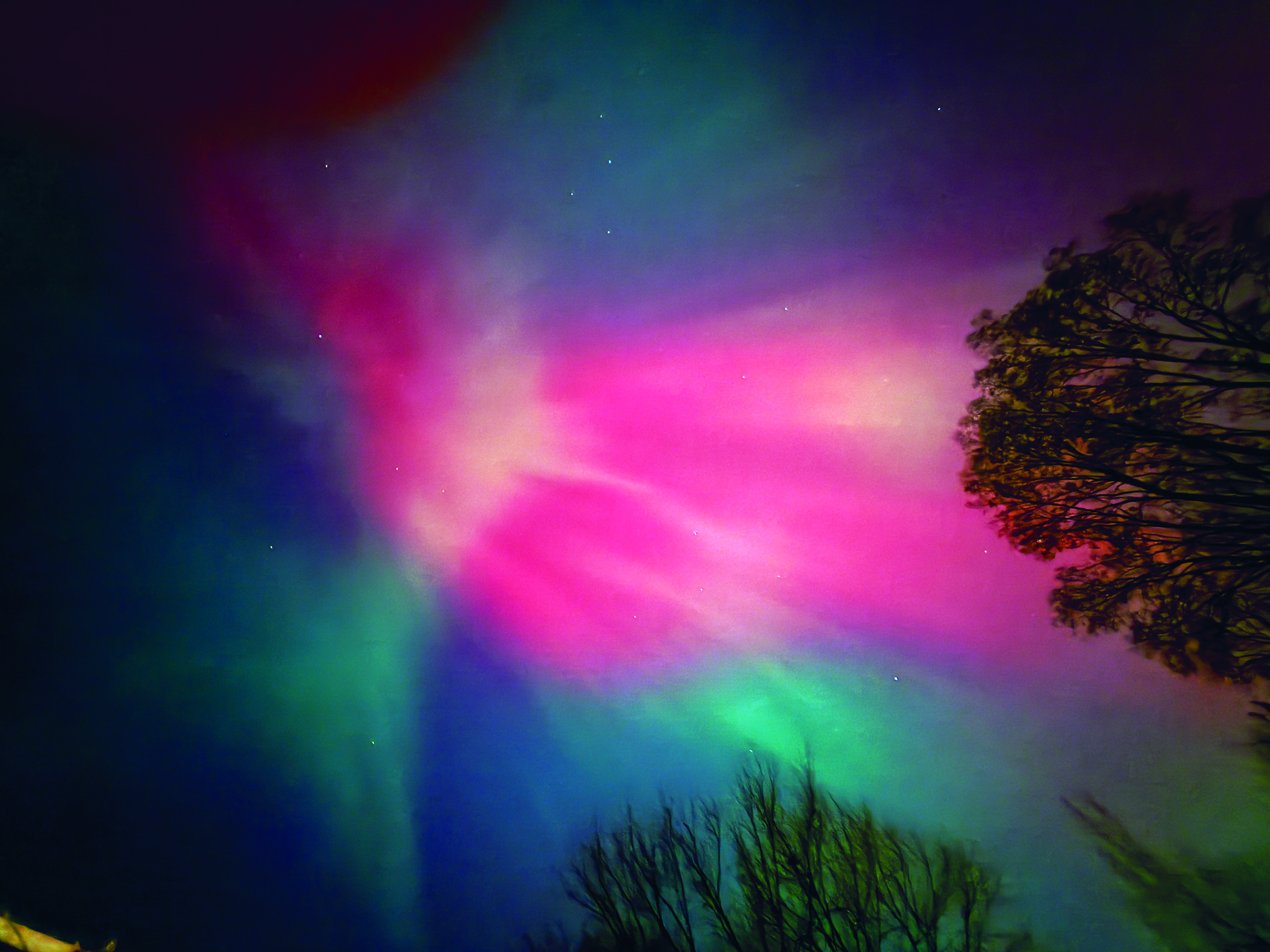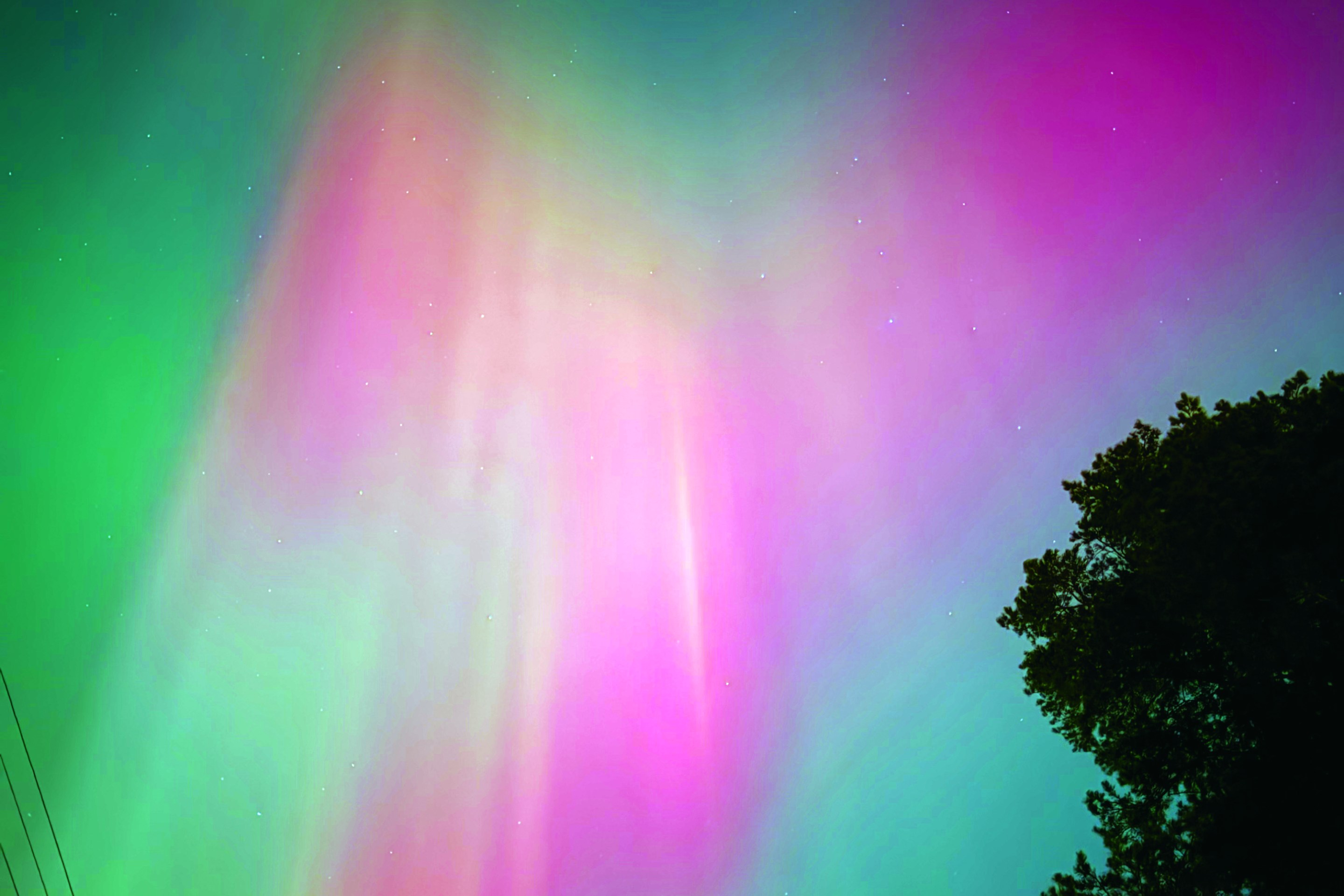Brian Lammers is an avid runner and finished the 2025 Twin Cities Marathon in 3:47. He lives in East Isles.
Long-distance running is a uniquely individual sport. Joggers log lonely miles, racing the clock, preoccupied with pace, splits and personal records.
It may be the simplicity of a sport requiring little equipment that contributes to its solitary appeal. Runners eschew gym memberships, gear and team dynamics, adhering to regimens and routes with a monastic commitment to training at odd hours in all kinds of weather.
It’s difficult to find a truly compatible running partner — someone with a matching schedule and pace. A running club may offer an occasional group workout, but mostly we run alone. Yet in marathons, we thrust our solitary selves into a throng of thousands of runners surrounded by tens of thousands of spectators. The experience belies the notion of running as a solitary pursuit.
The Twin Cities Marathon, held this year on Sunday, Oct. 5, bills itself as “The Most Beautiful Urban Marathon in America.” Having run several marathons in the Twin Cities and elsewhere, I agree. Early October typically brings fair weather — dry air, cool mornings, warm afternoons and sunlight rippling through burnt red, orange and yellow leaves.
The marathon route winds a scenic 26.2 miles from downtown Minneapolis up Hennepin Avenue, through the Chain of Lakes, along Minnehaha Creek and both banks of the Mississippi River, finishing along Summit Avenue at the State Capitol in St. Paul. Neighborhoods turn out in force, with spectators three and four rows deep cheering runners — mostly strangers. Handmade signs are ubiquitous and witty. My favorite: “Worst Parade Ever!”
The stretch along Douglas Avenue from Hennepin Avenue to Kenwood Park offers Lowry Hill residents and marathoners a chance to exchange shouts of recognition and encouragement as runners hit their stride and spectators sip morning coffee. Justice Alan Page is a steadfast supporter at the 2.5-mile mark, accompanying participants with tunes from his sousaphone.
Volunteers staff a refreshment station at Douglas and Knox Avenues for runners needing early hydration. Neighbors and friends offer fist bumps and later express surprise at how strong we looked — forgetting perhaps that the marathon passes our neighborhood between miles 2 and 3. I’m grateful most of my local friends see the version of me with a spring in my step, not the beleaguered one slogging through St. Paul’s uphill finish.
During the event, I greeted dozens of friends and neighbors, traded nervous pre-race banter, shared high-fives along the route and appreciated volunteers who told me, unconvincingly, late in the race, that I looked great. To my surprise, I joined a friend and fellow runner at mile 25, and we ran the final stretch together, pushing each other to finish strong.
At the end, I was sore, proud and relieved to have finished — pleased with the result and wishing I’d trained just a little harder. Once the race is over, you realize it’s the human encounters — the jokes and camaraderie among runners, the words of encouragement from volunteers, the recognition of friendly faces along the route and the amazing community turnout — that make the Twin Cities Marathon memorable.
For this uniquely individual sport, our local marathon offers a beautiful urban setting to connect meaningfully with one another, reminding us that building and nurturing human relationships is, after all, our greatest accomplishment.
